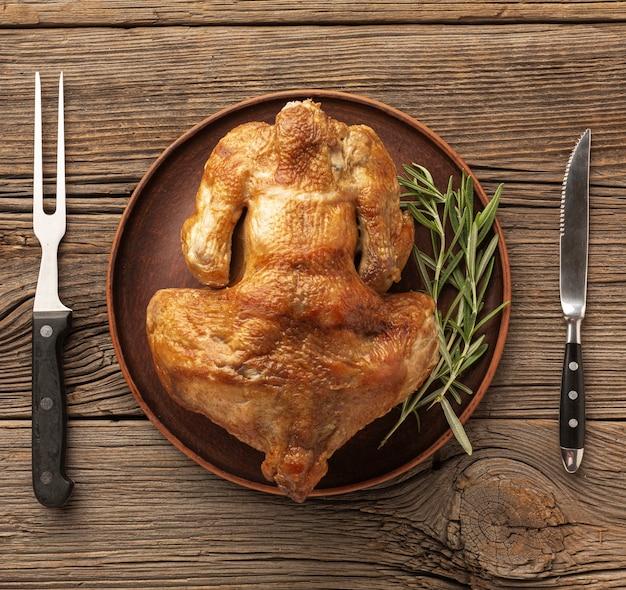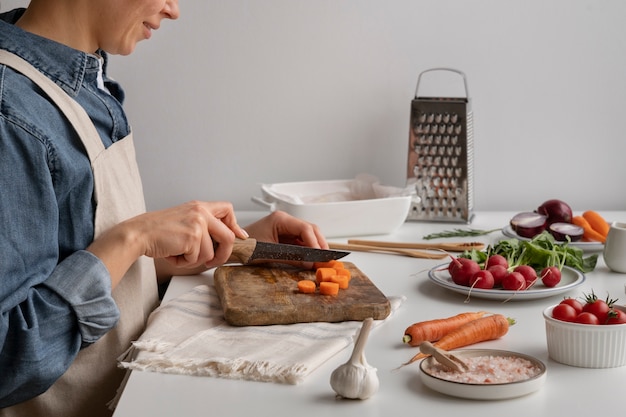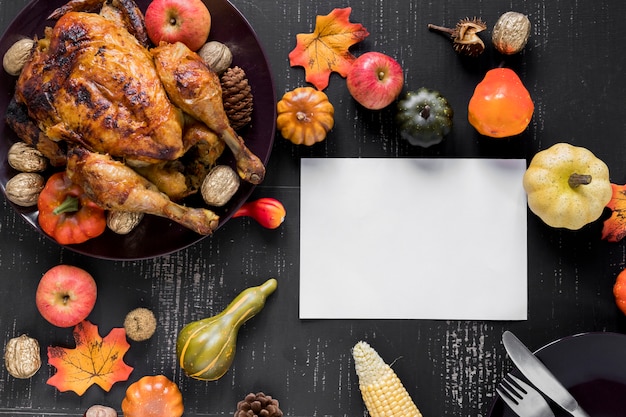The Art of Roasting: A Symphony of Patience and Precision

The Importance of Size and Shape
A 3-pound roast is perfect for a family gathering, but you need to remember that size matters. Even a small difference in weight can significantly impact cooking times. It's not just the weight; the shape of the roast also plays a crucial role. A long, thin roast will cook faster than a thick, round one.Temperature: Finding the Sweet Spot
And then there's the temperature. That's where the magic happens. You have to find that sweet spot – not too low, not too high. Too low, and you'll end up with a dry, tough roast. Too high, and you'll scorch the exterior while leaving the center raw. This is where a trusty meat thermometer comes into play. It's your secret weapon, ensuring the meat is cooked to perfection without relying on guesswork.Choosing Your Roast: A Journey Through Flavor

Beef: The Classic Choice
Beef is the quintessential roast. It's versatile, robust, and delivers a satisfyingly savory experience. I'm partial to a rib roast or tenderloin, but don't overlook the humble chuck roast. Slow-cooked, it transforms into a melt-in-your-mouth masterpiece.Lamb: A Culinary Delight
Lamb offers a delightful twist on the traditional roast. Its subtle sweetness and delicate flavor are irresistible. Opt for a leg of lamb for a grand presentation or a shoulder roast for a more rustic touch.Pork: A Versatile Performer
Pork is a bit more delicate, and mastering it requires careful attention. A pork loin is a reliable choice for a flavorful roast. But if you're feeling adventurous, consider a pork shoulder. It's incredibly forgiving, yielding a tender and succulent result when cooked low and slow. Remember, pork needs to be cooked thoroughly for food safety.Preparing Your Roast: A Symphony of Flavors

Seasoning: The Foundation of Flavor
Seasoning is the foundation of any good roast. Don't be shy with salt and pepper, but think beyond the basics. Herbs and spices are your allies, adding layers of complexity and depth to the flavor. I love using a blend of garlic, rosemary, and thyme, but experiment and find what suits your taste.Pro tip: Don't just sprinkle the seasoning on top. Rub it in, massaging it into the meat. This will help the flavors penetrate deep, creating a more intense and flavorful roast.
The Art of Searing
This is where things get exciting. Searing the roast before putting it in the oven adds an incredible depth of flavor and creates a beautiful, crispy crust. Heat a pan over high heat, add a bit of oil, and sear the meat on all sides.Remember, your pan must be hot enough to sear the meat, not just steam it.
Cooking Your Roast: A Symphony of Heat and Time
The oven is ready, and your roast is prepped and seasoned – it's time to let the magic happen.Oven Temperatures: Mastering the Heat
A general rule of thumb for beef roasts is to start at 450°F (232°C) for the first 15 minutes, then reduce the temperature to 325°F (163°C) for the rest of the cooking time. But remember, ovens can vary, and different meats require different temperatures. Always use a meat thermometer to ensure your roast is cooked to your liking.Resting: Letting the Juices Reunite
Once your roast is cooked, resist the urge to carve it immediately. Let it rest for at least 15 minutes. This allows the juices to redistribute, ensuring a tender and juicy roast.Cook Times for a 3 Pound Roast: Your Guide to Perfection
Now, let's get to the heart of the matter. These are general guidelines, but remember that your specific oven and roast might need adjustments. Always use a meat thermometer to ensure your roast is cooked to your desired level of doneness.Table of Cook Times for 3 Pound Roast
| Meat | Rare | Medium Rare | Medium | Well-Done |
|---|---|---|---|---|
| beef rib roast | 1.5 - 2 hours | 1.75 - 2.25 hours | 2 - 2.5 hours | 2.25 - 2.75 hours |
| beef tenderloin | 1 - 1.5 hours | 1.25 - 1.75 hours | 1.5 - 2 hours | 1.75 - 2.25 hours |
| Lamb Leg | 1.5 - 2 hours | 1.75 - 2.25 hours | 2 - 2.5 hours | 2.25 - 2.75 hours |
| Pork Loin | 45 - 60 minutes | 50 - 70 minutes | 55 - 80 minutes | 60 - 90 minutes |
FAQs: Your Roast-Related Questions Answered
I've been asked a lot of questions about roasting over the years, so I thought I'd share some of the most common ones with you.1. What temperature should my roast be cooked to?
The internal temperature for a roast depends on the type of meat and your preferred level of doneness. Here's a general guideline:
- Beef: 125°F (52°C) for rare, 130°F (54°C) for medium-rare, 140°F (60°C) for medium, 150°F (66°C) for well-done.
- Lamb: 130°F (54°C) for medium-rare, 140°F (60°C) for medium, 150°F (66°C) for well-done.
- Pork: 145°F (63°C) for well-done.
2. What if my roast is overcooked?
Don't fret! It happens to the best of us. An overcooked roast will likely be dry. But you can still salvage it! Slice the roast thinly and use it in a stew, chili, or soup. The flavor will still shine, and the overcooked texture won't be as noticeable.
3. Can I roast frozen meat?
While it's technically possible, it's best to avoid roasting frozen meat. Frozen meat takes longer to cook and can result in uneven cooking. It's always better to thaw your meat in the refrigerator overnight before roasting.
4. What if my roast is too large for my oven?
Don't worry, it's a common problem! If your roast is too big for your oven, you can cook it in two batches. Just make sure to adjust the cooking time accordingly. Remember, patience is key!
5. What are some good side dishes for a roast?
Now, let's talk about those delicious accompaniments! Here are a few of my favorites:
- Roasted vegetables: Potatoes, carrots, onions, asparagus, Brussels sprouts – the possibilities are endless! I like to roast them with olive oil, salt, pepper, and a touch of herbs.
- Gravy: A classic for a reason! You can make a simple gravy from pan drippings or elevate it with a homemade recipe.
- Yorkshire pudding: A light and airy pudding that's perfect for soaking up the gravy. It's a bit more effort, but well worth it.
Everyone is watching

Corn on the Cob: The Ultimate Guide to Perfectly Cooked Ears
Healthy MealsAh, corn on the cob. Just the name evokes images of sunny days, barbecues, and that sweet, juicy flavour that ...

Scallops: The Ultimate Guide to Perfect Cooking
Healthy MealsAh, scallops. Those delicate, sweet, and utterly delicious morsels of the sea. They hold a special place in my...

Spaghetti Squash: The Ultimate Guide to Cooking and Serving
Healthy MealsRemember that time you saw spaghetti squash at the supermarket, looking all bumpy and strange, and thought, "W...

Salmon Cooking Times: Perfect Guide for Every Recipe
Healthy MealsLet me tell you, cooking salmon is an art form. It's all about getting that perfect balance: juicy and tender,...

Ham Cooking Time: How Long to Bake, Smoke, or Boil a Delicious Ham
Healthy MealsAh, ham. It's a classic, isn't it? A real crowd-pleaser, especially around holidays. And when done right, it'...
